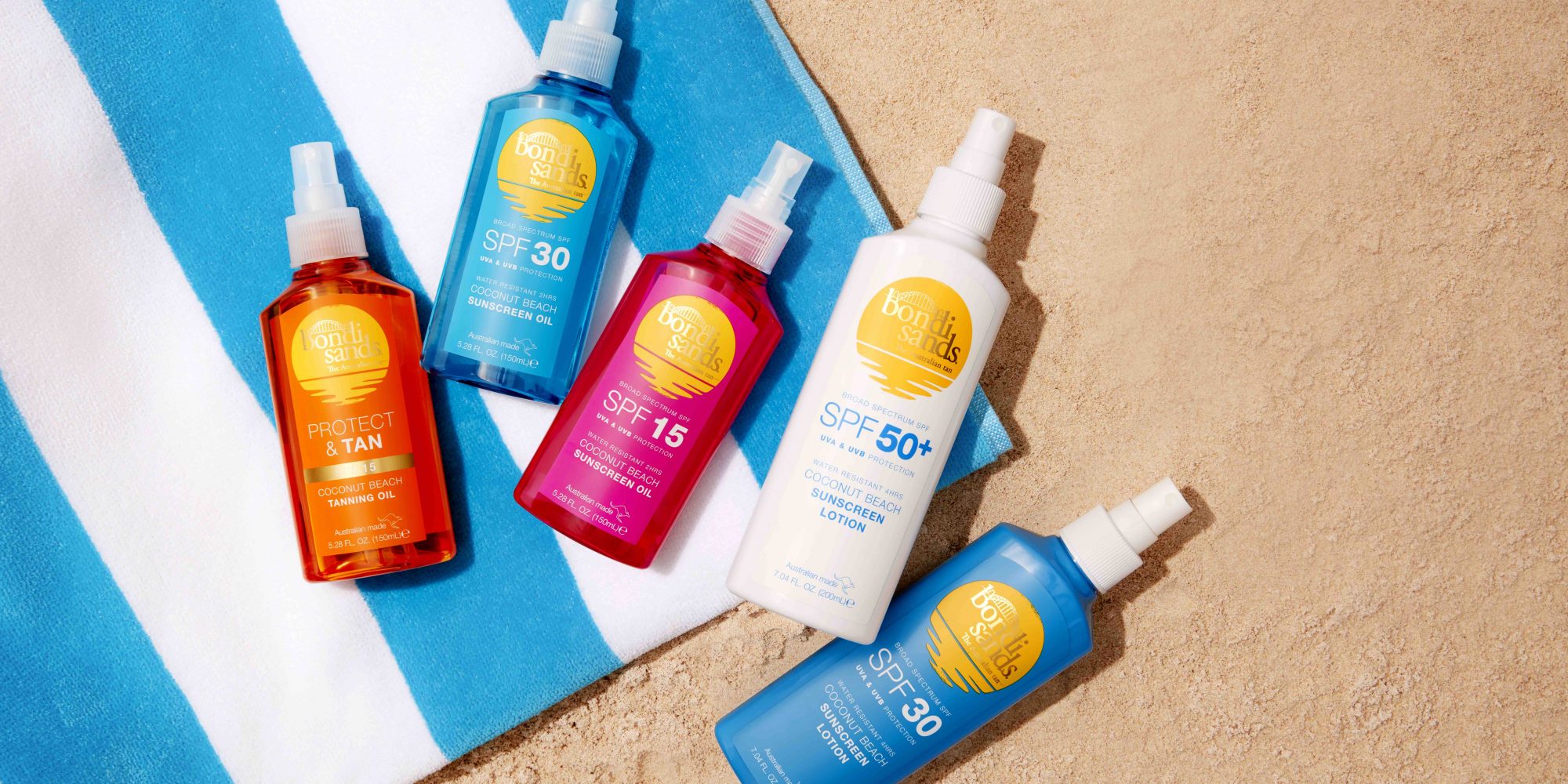
With A Little Help From Kylie Jenner, Self-Tanning Brand Bondi Sands Has Surpassed $100M In Annual Retail Sales
In the minds of many consumers, self-tanning is synonymous with orange skin and patchy spots. Think President Donald Trump in his most Sunkist state. Blair James didn’t let self-tanning’s reputation get in the way of his entrance into the sunless tanning product segment. When the former tanning salon operator started Bondi Sands with partner Shaun Wilson nearly a decade ago, he was confident he could turn that reputation around and create the biggest sunless tanning brand in the world. This year, Bondi Sands became the leader in its category worldwide.
In its 2018 to 2019 fiscal year, the brand reached roughly $107 million in retail sales. Last year, it inked an exclusive deal with Walgreens in the United States that’s expected to be worth more than $33 million over three years. Bondi Sands is also available across the United Kingdom, Europe and Canada as well as its native Australia. Beauty Independent spoke to James about riding the early wave of influencer marketing, how Kylie Jenner helped Bondi Sands break into the United States, and taking on the brand’s next big challenge.
When did you make the transition from running a tanning salon to selling tanning products for home use?
I opened the salon in January 2006 and was operating that all the way through to the end of 2012. Bondi Sands really kicked off around 2010. As a tanning salon, spray tans were a big part of the business. We were doing between 400 to 500 spray tans per week. It was pushing the resources at the time to get that many people through, so I was constantly suggesting to clients that they try self-tanning products like LeTan and St. Tropez. For about two or three years, we were getting feedback that those products don’t last long enough or the color was bad or they smelled bad.
In 2010, we produced our first spray tan solution and started using that in the salon. Within two to three months, we had customers coming in asking for that particular color. That was the moment we realized we know what people want from a product from a longevity and color development standpoint, so we decided to adapt this to a self-tanning product. That process took about 18 months. The formulations for self-tanning are very different to a spray solution, which is made in a cold-batch environment and doesn’t need to have a lot of shelf life. To this day, I still look at those seven years in the salon as being the best customer research we’ve ever had.
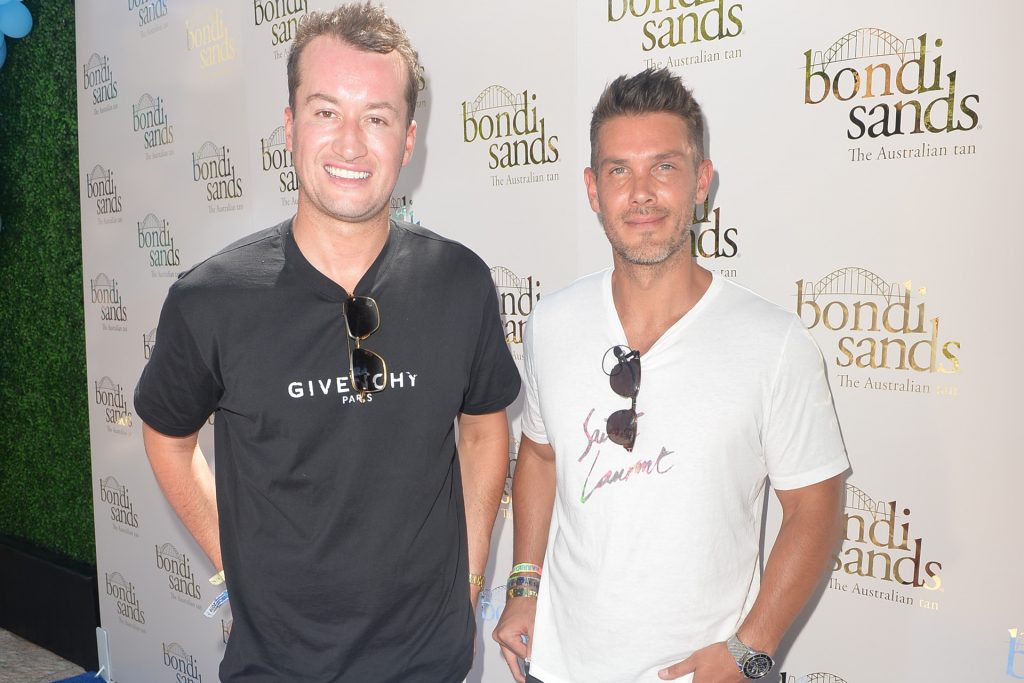
How much capital was needed to start the brand?
If we look back now at what we launched the brand with, it was such a shoestring budget. We were very naïve in terms of what this was going to take, which is a good thing in a way. I sold my salon. Shaun remortgaged his property, and we invested the money directly ourselves. The initial orders that we were placing were very small, around AUD$20,000 [or $13,400 at the current exchange rate]. We haven’t done any fundraising. We do have a silent partner who invested in the company early, but that’s where that’s remained.
Bondi Sands is more affordable than many of its competitors. How did you approach your pricing strategy?
We always believed that our target market was a 16- to 22-year-old female, and that St. Tropez at $60 was way too expensive. We didn’t want to be cheap either. We’re affordable quality. I believe a lot of our consumers would be buying our product with their pocket money, and I wanted them to be able to walk in with $20 and get some change. It was about offering salon quality that was affordable, and it was important to be below $20.
You’ve worked with influencers from Bondi Sands’ early days. How did that come about?
We stumbled over this way of advertising in 2012. We were aware of Steph Claire Smith, who’s now the brand face of Bondi Sands, and has been for five or six years. She had around 80,000 followers at the time. We were sitting in our PR meeting, and our agency suggested a couple of identities to work with, including Elle Ferguson and Steph Claire Smith. Elle Ferguson had about 40,000 followers, and she was seen as a celebrity at some level. Steph had twice the number of followers, but she was just the girl that everybody knew and wanted to look like. She wasn’t really seen as a celebrity.
Steph’s price was half the cost of what Elle Ferguson was, so that was a lightbulb moment where we’re sitting in that meeting thinking, “Why would we go after a celebrity?” People are obviously turning to these influencers because they feel like they’re not marketing to them. They’re turning to these people because they want to be like this person. It was also a bit more cost effective for us. Not long after that, we engaged Steph as the face of our brand. We believe she represented our values very well. She was the typical Australian beach girl and had a healthy lifestyle we wanted to convey to the world.
How has your influencer marketing evolved since then?
We’ve gone through an evolution where influencers were taking on too many campaigns. They were just taking payment for random posts here and there, and that has jaded consumers a little bit about what influencers talk about. What we’ve wanted to do as a brand is to align with the ambassadors or influencers for long periods of time. We want to bring them close to the brand for them to be educated on what we’re talking about and what we are as a brand so that, when they’re talking about our products, it’s coming from a legitimate place. Yes, they’re on a paid contract, but the contract is running for three, six, nine, 12 months. I think, when you have a long-term engagement like that, it shows that the brand wants to be aligned with that person and that person generally likes that brand. It’s important to us that people are brand fans.
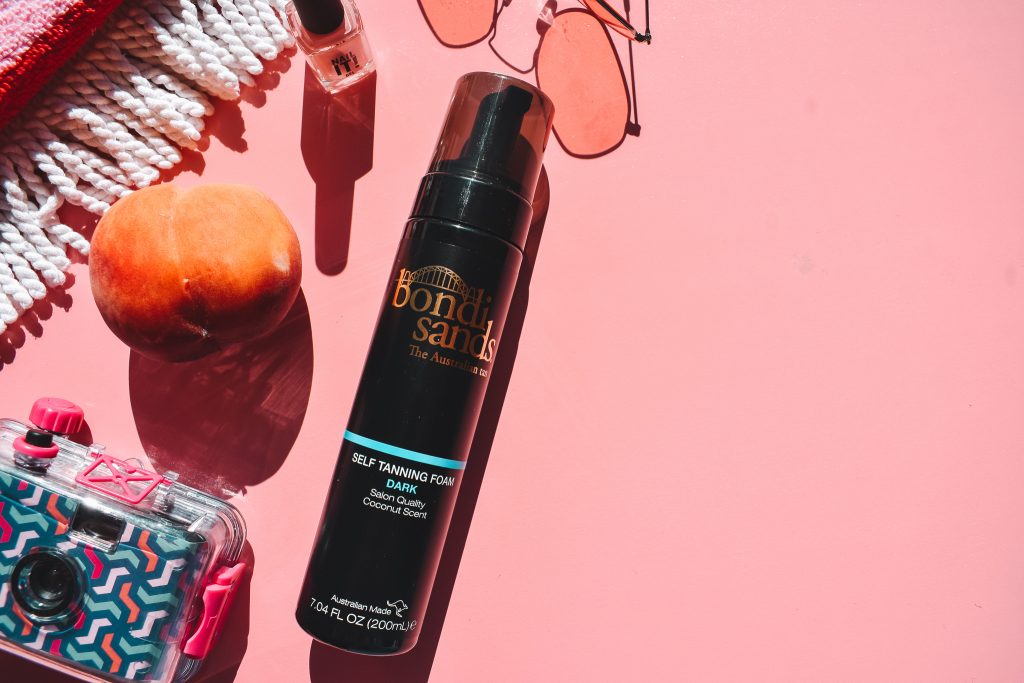
Is it true that Kylie Jenner was paid nearly $170,000 for posting about Bondi Sands on Instagram last year?
Yes, that’s correct. At that time, we’d just presented to Walgreens and Ulta in the U.S. The U.S. is very much a pay-to-play scenario. You need to show these retailers you have the ability to support your brand in the largest market in the world. So, it was partly showing we will support this brand in the United States. Kylie is great for brand awareness and spreading the name of Bondi. She’s definitely not the type of influencer we would use to spread an informational message or an education message around how to use that product or why to use that product. It was simple brand awareness.
How long had you been talking to Walgreens before they picked up Bondi Sands?
That was our third year talking to them. It was really an interesting process in the U.S. Even though we were their biggest brand outside of North America before launching there, they didn’t seem to care too much. The first year we went there, it was almost like an introduction. We knew we probably weren’t going to get the arrangement in the first year. The second year, the presentation was very well received, and they knew they wanted to hear a lot more about the brand. They said they would love the brand, but they wanted to invest into their stores first and start to evolve their beauty offering before bringing in a brand like ours into a self-tanning category, which wasn’t performing.
As disappointing as that was, I think it actually worked in our favor when we went back for the third year because, by the time we went back, we were close to becoming the number-one brand globally and not even being in the United States. So, that in itself was a big callout and enabled us to negotiate with Walgreens to the point where they gave us the category captain position and gave us a significant amount of SKUs in the 8,000 doors. If we had launched the year earlier, we may have got three or four SKUs and limited distribution, and you can’t invest heavily in that and make sure it succeeds.
Bondi Sands just finished its first summer being available in the U.S. How did the brand perform against its expectations?
We definitely outsold our expectations. Within the first three months, we’d become the number-one brand in store. L’Oréal was the market leader coming into this year, and we outsold them in the first three months. We finished the summer season sitting around 47% market share, and I think L’Oréal is sitting around 36%.
Since launching in 2012, the brand has moved into sun care and cosmetics. How do you decide on diversifying its assortment?
When we were planning the brand in 2010, we chose the name Bondi Sands because we believed it was about marketing the Australian lifestyle as much as it was self-tan. The launch into self-tan was the obvious decision because we understood the tanning category, but it was also a category that was growing very quickly globally. It was a niche category, and there weren’t a lot of big multinationals playing in that space, so we saw the opportunity to take market share very quickly. In Australia, we have close to 65% market share now. Following on from that Australian lifestyle, it’s about pushing into sun care. For consumers, the brand message translates very well from self-tan into sun care. And a lot of the retailers group self-tan and sunscreen into one sun care category. So, we already have shelf space with these retailers within self-tan. It now allows us to leverage that into pushing it into sun care and again pull that consumer across from there. The cosmetics is pushing the other way. But, again, it’s about leveraging our current consumer base and delivering that same color and lifestyle and fun they expect from Bondi Sands. We don’t just launch products for the sake of launching product. I mean we launch a lot of product, but unless it really solves the problem, we won’t launch it.
Is sun care available globally?
Not fully globally. We launched into the U.K. two years ago, and we’re looking to launch sun care into the U.S. in 2021, which will be a big step for the brand. It’s the biggest sun care market in the world, and the size of that category is huge. Self-tan is about 7% to 9% of that total category. Sun care is really the next big platform for us. It brings in a whole level of new challenges. The investment these brands have to play with is huge. So, we really need to be clever with what we do and be innovative in what we do and create great products. That’s how we’re going to compete. Sun care is not an emotional decision. People don’t get the instant gratification when you put sun care or sunscreen on. With self-tan, people put it on, they look great, and they want to get that result straight away. With sun care, we’re building a different credibility message around great protection. It’s a much slower build.
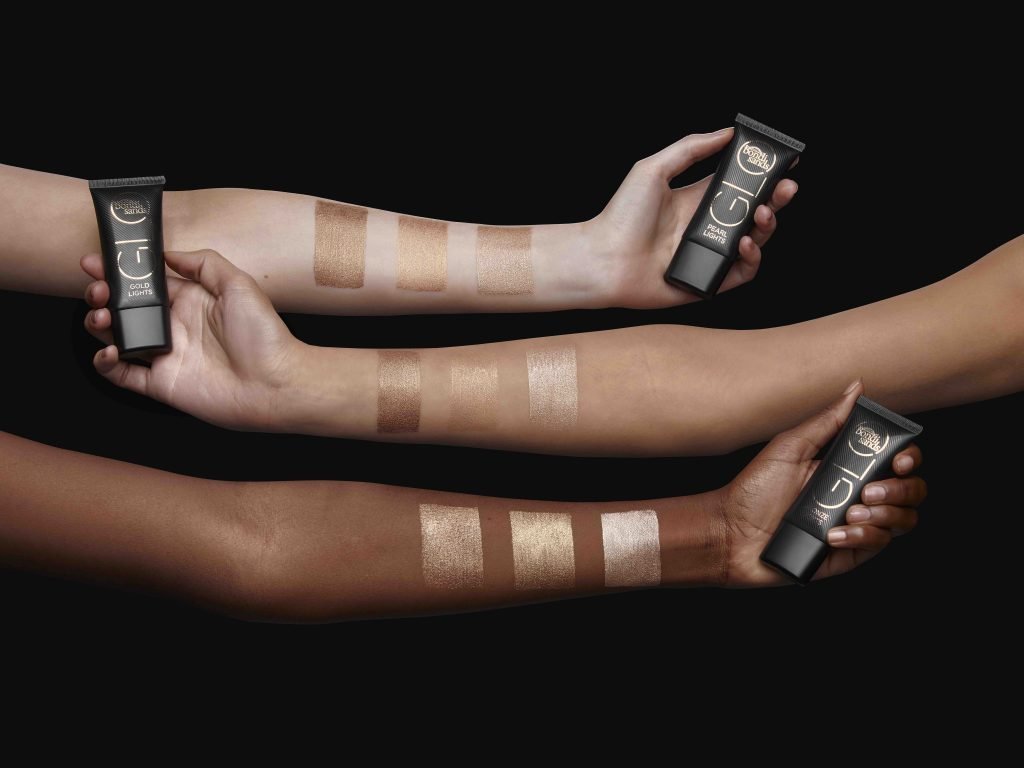
What products have not performed well?
We don’t walk away from anything very easily. So, if something doesn’t work, we’ll keep trying to rework it. I’d say the men’s product that we launched in 2017. When we launched that, we knew that men’s tanning was only about 10% of total sales, but we believed it was shifting, and we bought a lot of market data and looked into a lot of those products to understand what men were buying. There are more men coming to the category, but they just didn’t come over as quickly as we would have liked. The products sit in our bottom third, but you bump into men every now and then that love the product. We’re thinking maybe we need to change our direction now in terms of how do we reach those male consumers. We believe that, essentially, we can add more products in the men’s range and build it out, and maybe look at an online direction to target men in an environment where they feel comfortable buying self-tan. So, that’s one of the biggest fails, but, at the same time, we have learned a lot from that, too.
What role does Bondi Sand’s e-commerce play in its overall sales?
When we launched the brand, we wanted to be a retail brand, and I think we’re quite unique in that sense because we are a market leader when it comes to social media, with over 700,000 followers on Instagram, but we like to take those followers and push them into store. So, yes, we’re a digital brand, but we believe our credibility and the strength of our brand comes through retail, and I guess that goes against a lot of the trends at the moment. Our e-commerce is around 5% of our total revenue. When we launch a product, we will launch into a retailer first before we have it available on our channels. We like to have a good relationship with our retailers, and I think that’s what’s allowed the brand to grow so rapidly.
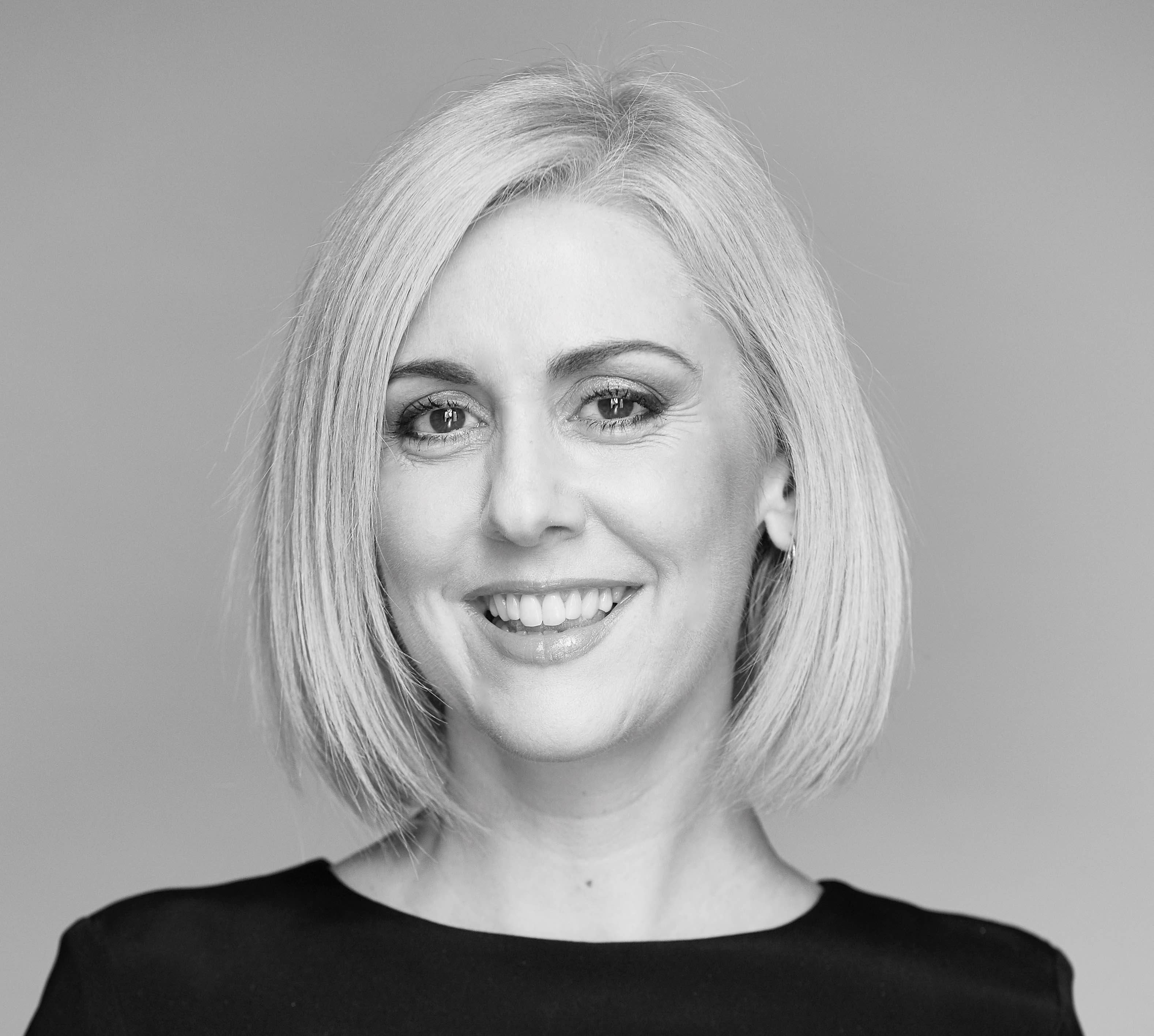
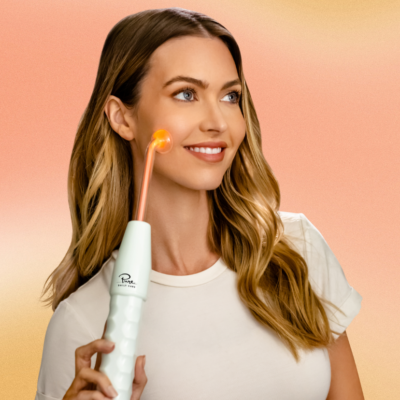
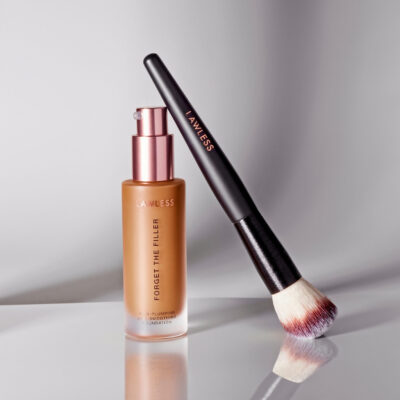
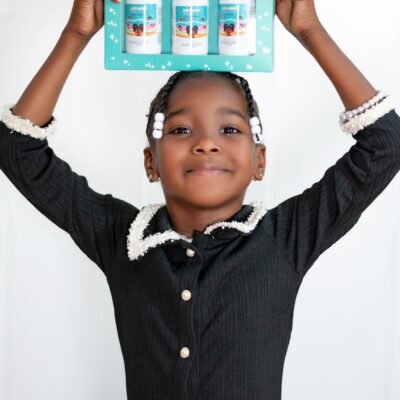
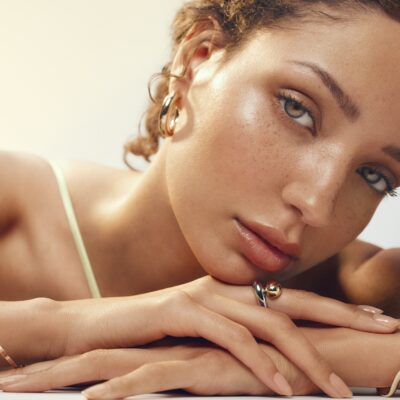
Leave a Reply
You must be logged in to post a comment.